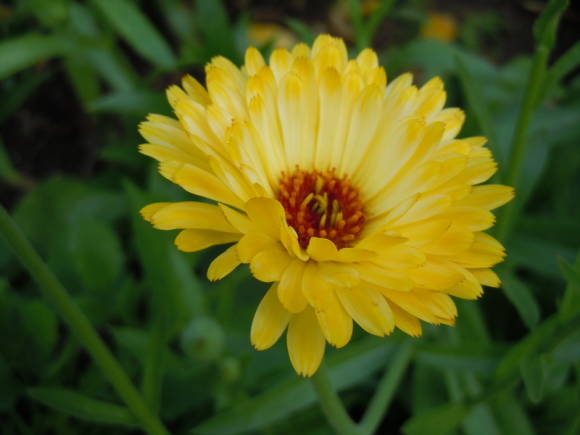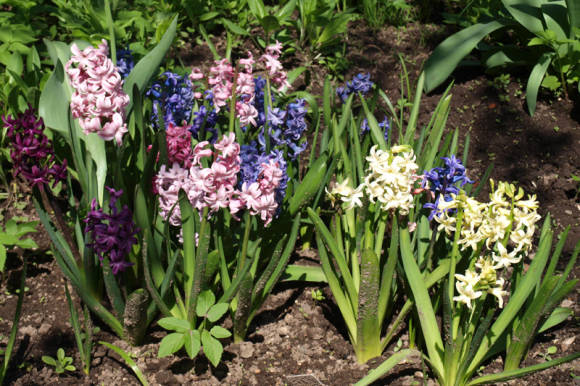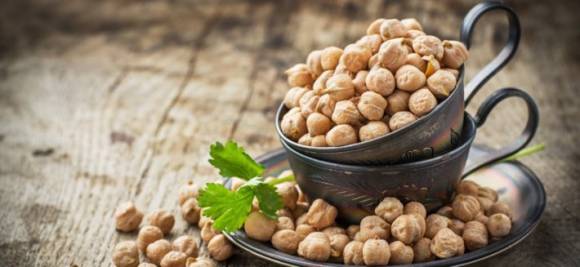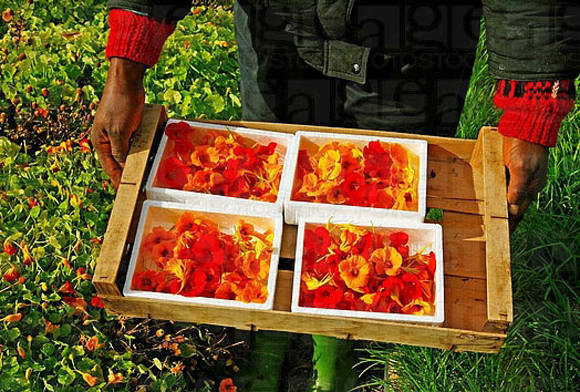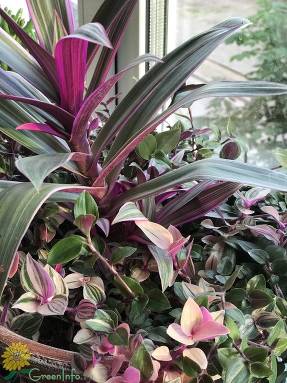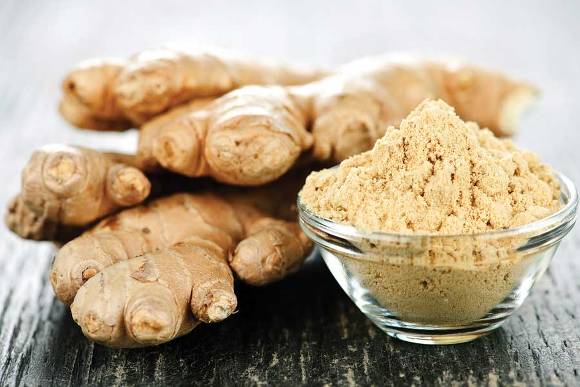 The lifespan of needles depends on many reasons. It can be assumed that, on average, a single juniper needle should live for about 4-5 years. Its aging is due to the fact that over time, the vessels supplying water and minerals stop working. Ballast substances accumulate, and the needles dry out. In some forms, dead needles may fall off, although most junipers continue to retain them on the shoots.
The lifespan of needles depends on many reasons. It can be assumed that, on average, a single juniper needle should live for about 4-5 years. Its aging is due to the fact that over time, the vessels supplying water and minerals stop working. Ballast substances accumulate, and the needles dry out. In some forms, dead needles may fall off, although most junipers continue to retain them on the shoots.
In poor conditions, plants lose needles ahead of schedule. With insufficient lighting or with shading of the inner parts of the crown, the needles naturally die off. It is necessary to remove dried parts as much as possible - this will strengthen the ventilation of the crown and improve the light regime for the remaining branches. Soot and soot, deposited with precipitation from the atmosphere, clog the stomata on the needles, and they also turn yellow prematurely. The presence of harmful substances in the soil (excess of calcium, chlorides, heavy metals) also makes junipers prematurely shed their needles - this is a way to remove toxic substances from the plant organism. Junipers, like other conifers with slow leaf changes, are particularly vulnerable to many chemical influences, while grasses and deciduous shrubs tolerate them easily. Factors that shorten the life of pine needles include exhaust fumes and salt spray from the motorway, excess ammonium fertilizers and urea.
Chub V.V.,

